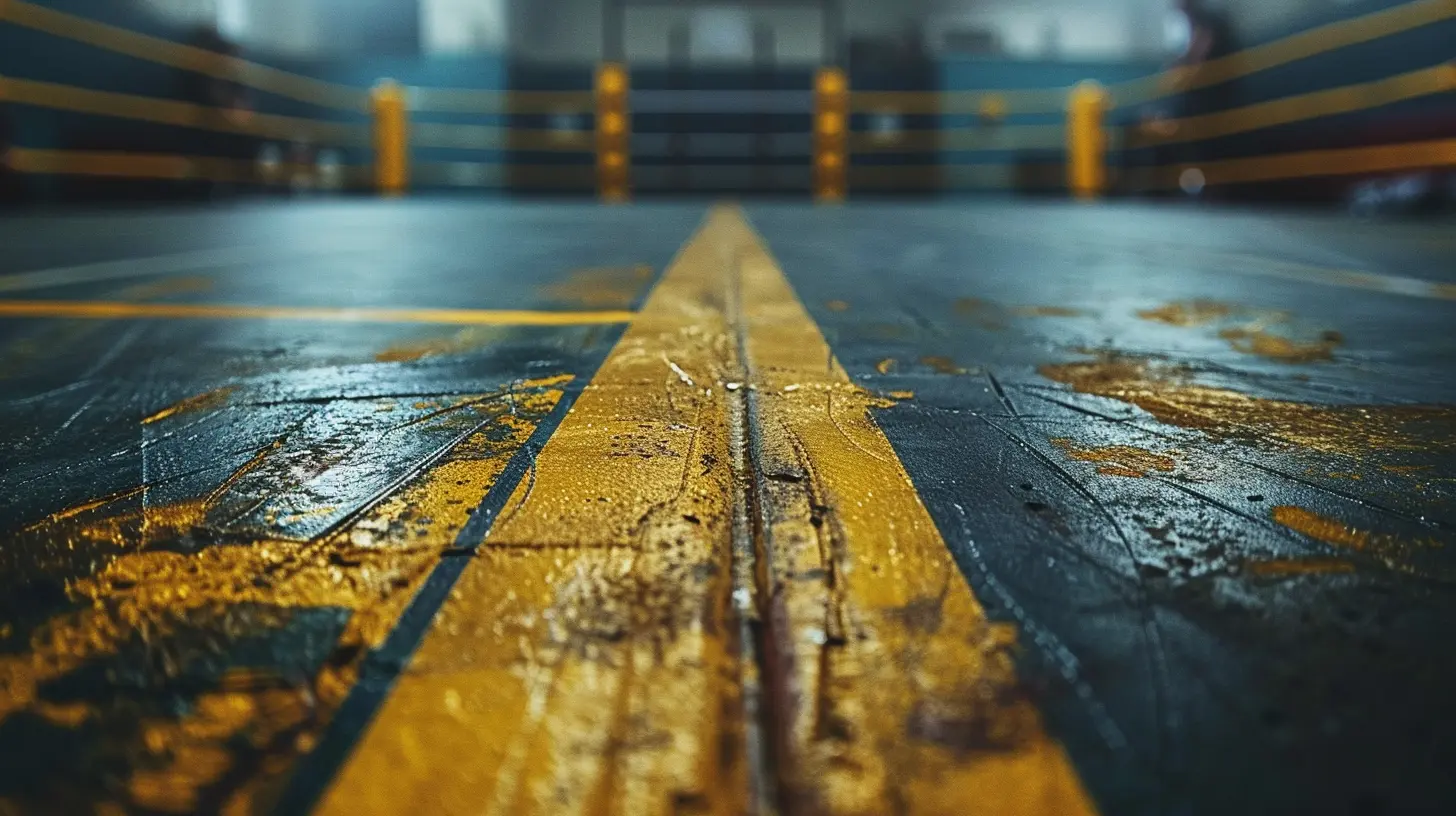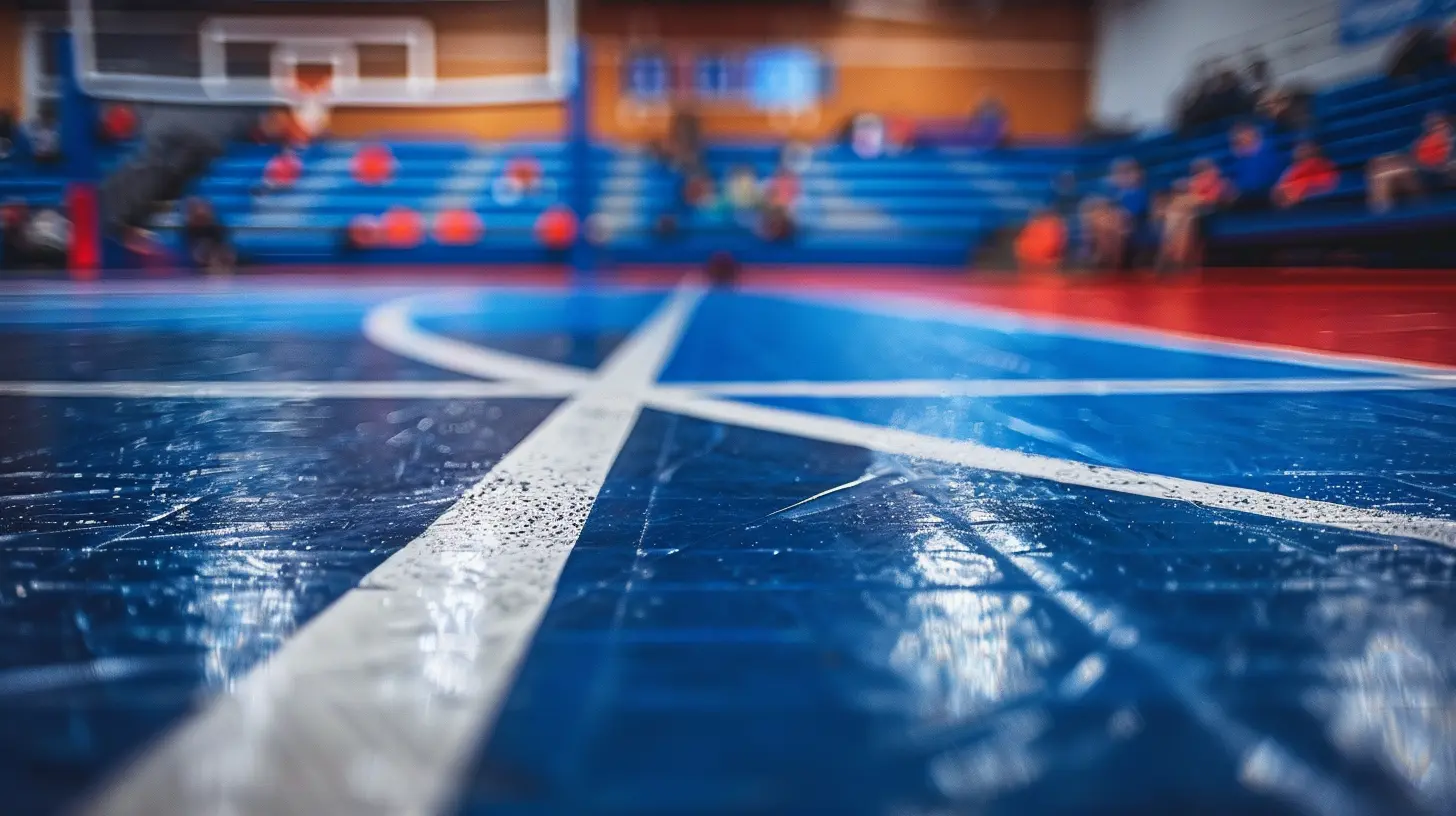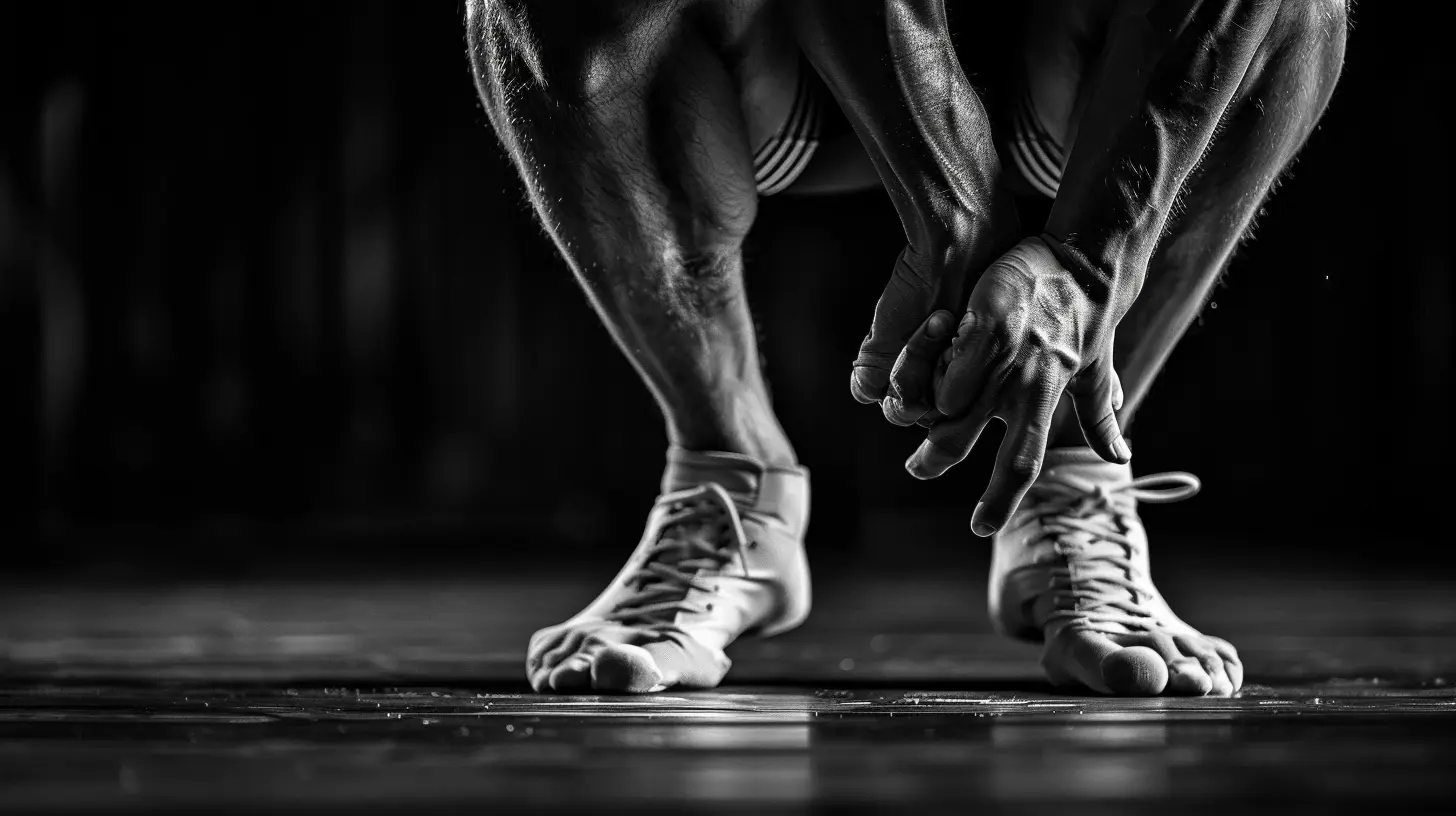Wrestling with Injuries: How to Stay Competitive While Managing Pain
18 August 2025
Wrestling is one of the most physically demanding sports out there. Every match is a test of strength, agility, endurance, and mental toughness. But with all that intensity, injuries are almost inevitable. Whether you're just starting out or you're a seasoned pro, chances are you've had your fair share of bumps, bruises, and more serious injuries. The question isn't if you'll get injured—it's how you're going to deal with it when it happens.
Injuries are part of the game, no doubt about it. But can you still stay competitive while managing pain? The short answer: Absolutely. In fact, some of the best wrestlers in the world have fought through injuries to come out on top. But it's not easy, and it requires a strategic approach to both your training and your recovery. So, let's get into how you can stay in the ring and keep fighting, even when your body is telling you to tap out.

The Reality of Wrestling Injuries
Wrestling isn't for the faint of heart. You're constantly pushing your body to the limit, grappling with opponents, executing high-impact moves, and often finding yourself in compromising positions. This is a sport where injuries are practically a badge of honor, but that doesn’t mean you should ignore them.Common wrestling injuries include:
- Sprains and strains: These are probably the most common injuries and can happen to any part of your body—ankles, knees, shoulders, wrists—you name it.
- Dislocated joints: Wrestling involves a lot of twisting and turning, which can easily result in a shoulder or knee popping out of place.
- Fractures and broken bones: A bad fall or a hard slam can lead to broken bones, especially in the arms, legs, or ribs.
- Concussions: Head injuries are serious, and concussions can happen when you're thrown or slammed to the mat.
- Muscle tears: Wrestlers often deal with pulled or torn muscles, particularly in the legs, back, and shoulders.
No matter what kind of injury you’re dealing with, it’s essential to know how to manage it properly if you want to stay competitive in the long run.

Managing Pain Without Losing Your Edge
So, you've got an injury. Now what? Do you sit out and let your opponents gain the upper hand, or do you push through the pain and keep competing? The answer lies somewhere in between. It's all about balance—knowing when to push yourself and when to take a step back.1. Listen to Your Body
This might sound obvious, but it's worth repeating: Listen to your body. Pain is your body’s way of telling you something’s wrong. Ignoring it can turn a minor injury into a major one. Trust me, you don’t want to be that wrestler who ignores the signs, only to end up sidelined for months.If you're feeling sharp or intense pain, that's usually a red flag. Dull aches and soreness? That's a normal part of wrestling life, but anything that feels off should be taken seriously. Don't hesitate to see a doctor or a physical therapist to get a professional opinion. Sometimes, what feels like a minor injury could be something more serious.
2. Modify Your Training
One of the biggest mistakes wrestlers make is thinking they have to train full-throttle 100% of the time, even when injured. But here's a little secret: You can still train hard without making your injury worse.The key is to modify your workouts to avoid stressing the injured area. For example:
- If you’ve got a shoulder injury, focus on lower-body training like squats and lunges.
- If your knee is giving you trouble, switch to upper-body exercises like pull-ups and push-ups.
- Core exercises are almost always a safe bet, and they’ll help you stay strong and balanced.
Remember, your goal is to maintain your conditioning and technique without exacerbating your injury. It’s a fine line, but it’s doable.
3. Work on Your Mental Game
Wrestling isn’t just physical; it’s mental, too. In fact, some might argue that wrestling is as much about your mindset as it is about your physical prowess. When you're injured, you’ve got the perfect opportunity to sharpen your mental game.Visualization techniques can be a game-changer. Picture yourself executing perfect moves, working through difficult holds, and coming out victorious. This kind of mental rehearsal helps keep your skills sharp, even if your body isn’t at 100%.
Also, use this time to study your opponents. Watch videos, analyze their techniques, and think about how you’d counter their moves. By the time you're back at full strength, you’ll be mentally prepared to dominate the mat.
4. Stay Consistent with Physical Therapy
If you're dealing with a more serious injury, physical therapy (PT) is going to be your best friend. The exercises that your PT gives you may seem tedious or too easy, but they’re designed to help you recover safely and effectively.Consistency is key here. Skipping PT sessions or half-assing your exercises can prolong your recovery or, worse, lead to re-injury. Stick with your program, and remember that even small improvements will add up over time.
5. Don’t Let Ego Get in the Way
Wrestlers are known for their toughness. It’s part of the sport’s DNA. But sometimes, that toughness can turn into stubbornness, and that’s where things can go wrong. Don’t let your ego get in the way of your recovery.It’s easy to want to show off or prove that you’re not “soft,” but pushing through a serious injury without proper care is a recipe for disaster. No one’s going to think less of you for taking the time to heal properly. In fact, being smart about your recovery shows maturity and long-term thinking, qualities that will actually make you a better wrestler in the long run.

Pain Management Techniques for Wrestlers
When you're dealing with an injury, pain management becomes crucial. You want to manage your pain without becoming dependent on medications or doing further damage to your body. Lucky for you, there are several effective ways to manage pain and stay competitive.1. Ice and Heat Therapy
Simple but effective, ice and heat can do wonders when it comes to pain relief.- Ice therapy: Use ice packs immediately after an injury to reduce swelling and inflammation. Ice is also great for numbing the pain.
- Heat therapy: Once the swelling has gone down, switch to heat to help relax your muscles and promote healing. Heat can also improve blood flow to the injured area, speeding up recovery.
2. Compression and Elevation
If you're dealing with swelling, compression and elevation can help. Using a compression wrap or bandage will reduce swelling and stabilize the injured area, while elevating it can help drain excess fluid and reduce inflammation.3. Over-the-Counter Pain Relievers
For short-term relief, over-the-counter pain relievers like ibuprofen or acetaminophen can be helpful. But be careful not to rely on them too much. These medications can mask the pain, making it easier to push yourself too hard and aggravate the injury.4. Massage and Stretching
Massage therapy can help loosen tight muscles and improve circulation, which is key to healing. In addition, gentle stretching can keep your muscles flexible and prevent stiffness, especially if you’re on a reduced training schedule due to your injury.5. Stay Hydrated and Eat Right
It may not seem directly related to pain management, but staying hydrated and eating a nutrient-rich diet can actually help your body heal faster. Water helps flush out toxins, while a diet rich in protein, vitamins, and minerals supports tissue repair. Think of food as fuel for your recovery.
When to Take Time Off
Sometimes, the best way to stay competitive is to know when to take a break. This can be one of the hardest decisions for a wrestler to make, especially if you're in the middle of a season. But there are times when the best course of action is to step away from the mat and give your body the rest it needs.If your doctor or physical therapist advises you to take time off, listen to them. Trying to "tough it out" can lead to long-term damage that could cut your wrestling career short. Remember, time off doesn’t mean you’re giving up. It means you're thinking long-term and setting yourself up for future success.
The Comeback: Returning Stronger Than Ever
Once you've allowed your body to heal, it’s time for the comeback. But don’t rush it. Ease back into your training and competition slowly. Start by focusing on technique and conditioning before getting back into full-contact practices. Your goal should be to return stronger and smarter than you were before the injury.Take everything you’ve learned during your recovery—patience, mental toughness, and smarter training strategies—and use it to your advantage. Injuries can be a setback, but they can also be an opportunity for growth. The best wrestlers aren’t the ones who never get injured; they’re the ones who know how to come back stronger.
Conclusion
Wrestling with injuries is part of the sport, but it doesn’t have to derail your career. By listening to your body, modifying your training, focusing on your mental game, and using smart pain management techniques, you can stay competitive even when you're dealing with pain. And when it’s time to take a break, don’t be afraid to step away and come back stronger than ever.In the end, the best wrestlers are those who can balance toughness with intelligence. Wrestling is about more than brute strength; it’s about strategy, both on and off the mat. Injuries are just another challenge to overcome, and with the right approach, you’ll come out on top.
all images in this post were generated using AI tools
Category:
WrestlingAuthor:

Frankie Bailey
Discussion
rate this article
1 comments
Seth Jennings
It's truly tough to balance competition with the reality of pain and injuries. Your insights resonate with so many athletes facing similar challenges. Remember to prioritize healing and self-care—it’s crucial for both your performance and overall well-being.
September 11, 2025 at 2:37 AM

Frankie Bailey
Thank you for your thoughtful comment! Prioritizing healing and self-care is essential for sustainable performance.


